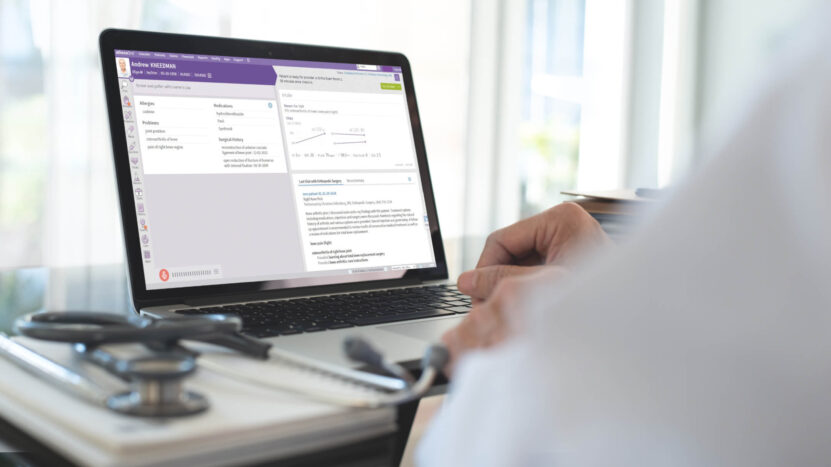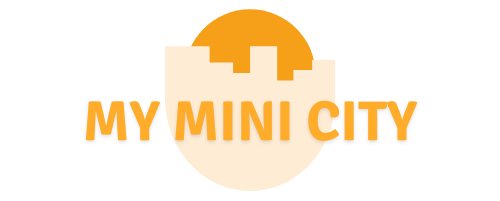What’s the biggest headache for hospitals today? It’s not just ensuring excellent patient care—it’s keeping up with the labyrinthine complexities of managing billing systems.
A study by the American Medical Association revealed that nearly 92% of healthcare providers cite billing and revenue cycle management as their most significant administrative hurdle.
For those running healthcare facilities, you already know the stakes—errors can cost millions, compliance issues can invite audits, and inefficiencies can derail patient trust.
Key Points:
- Why upgrading to modern billing software is critical in 2025.
- Detailed comparison of leading tools for medical revenue management.
- Actionable tips for selecting a solution tailored to your needs.
Why Billing Software Is a Non-Negotiable Investment in 2025

Hospital billing software isn’t a nice-to-have—it’s a critical part of ensuring smooth financial operations. The industry is under pressure to process claims faster, reduce rejections, and maintain compliance. Outdated tools or manual processes can lead to missed reimbursements and regulatory penalties.
Did you know?
A facility that switches to AI-driven billing tools sees, on average, a 30% reduction in claim rejections and faster reimbursement cycles.
Top Billing Solutions of 2025 and How They Stack Up
Not all software solutions are created equal. Below are the leading tools for 2025 and what makes them stand out.
1. Claimocity
One standout hospital billing software is Claimocity, a solution designed with providers in mind. With over 20 years of expertise in revenue cycle management, they simplify even the most complex billing workflows. Its real-time claim tracking and user-friendly dashboards make it an industry leader, especially for providers seeking to reduce stress and improve accuracy.
It remains a favorite among providers for good reason. It combines AI-powered insights with real-time analytics to streamline billing.
- Standout Features: Claimocity leverages AI-driven claim tracking, compliance alerts, and comprehensive reporting tools to enhance efficiency and ensure accuracy. These features allow providers to stay ahead of potential billing issues and maintain compliance with ease.
- What Makes It Different: The platform goes beyond software functionality by offering exceptional customer service tailored specifically to medical professionals. This commitment to support sets Claimocity apart as a trusted partner for healthcare providers.
- Best Fit For: Hospitals and clinics in search of a comprehensive all-in-one solution for managing their billing workflows. Its capabilities make it ideal for facilities handling large volumes of claims and seeking to optimize revenue cycle management.
2. AthenaCollector

AthenaCollector has earned its reputation as a dependable billing solution for healthcare providers. It stands out due to its robust features and compatibility with various electronic health record (EHR) systems, making it an integral part of streamlining administrative tasks.
- Key Advantage: One of AthenaCollector’s most notable features is its rules-based error-checking system. Before claims are submitted, it identifies and flags potential errors, significantly reducing the likelihood of rejections and ensuring faster claim approvals.
- Best For: Larger healthcare facilities benefit the most from AthenaCollector, especially those dealing with high claim volumes and aiming to improve efficiency while minimizing claim rejections.
- Potential Drawback: The onboarding process can require a significant time investment. However, the long-term benefits of increased efficiency and accuracy outweigh this initial hurdle for many users.
3. Kareo
Kareo is a popular choice for smaller healthcare practices seeking straightforward, cost-effective billing solutions. Its design prioritizes simplicity and affordability, making it a go-to option for providers with basic needs.
- Why Choose It: Kareo features an intuitive, user-friendly dashboard that simplifies billing processes. The affordable pricing makes it accessible for smaller practices that may not require advanced features.
- Who Should Use It: This software is ideal for small to mid-sized practices that focus on outpatient care or routine billing requirements. Providers looking for an efficient solution without the complexity of larger systems will appreciate Kareo’s balance of functionality and ease of use.
What Sets the Best Solutions Apart

Compliance Features That Save Time and Money
One of the biggest risks in healthcare billing is falling out of compliance. Keeping up with changing regulations is exhausting, but most modern software tools integrate automatic compliance checks.
Automation for Efficiency
Manual processes are prone to errors, whether it’s typos in patient records or missed deadlines for claims. Solutions like AthenaCollector automate repetitive tasks, giving staff more time to focus on patient care.
Scalability for Growing Practices
Not all healthcare providers stay the same size. As practices expand, billing systems should grow with them. Kareo is ideal for smaller facilities, while AthenaCollector handles multi-location scalability effortlessly.
How to Avoid Common Billing Pitfalls

Billing isn’t just about data entry—it’s a complex process that involves compliance, analytics, and patient communication. To avoid costly mistakes:
- Audit Regularly: Conduct monthly audits to ensure all claims are accurate.
- Invest in Training: Even the best tools need well-trained staff to use them effectively.
- Use Analytics: For detailed reports, helping you identify bottlenecks.
Quick Tip: Don’t rely solely on templates for claim submissions. Customize forms based on specific payer requirements to avoid rejections.
Questions to Ask Before Choosing Billing Software
Choosing the right solution means asking the right questions upfront. Here’s what you need to consider:
- Does it integrate with your current systems? Look for tools like AthenaCollector that work seamlessly with EHRs.
- What level of support is offered? Choose the one with stellar customer service.
- Is it scalable? If you’re planning to expand, ensure your software can handle more claims and patients.
- What’s the cost? Kareo is budget-friendly but may lack some advanced features.
Pro Tip: Always request a demo before committing to a software solution. Hands-on experience is invaluable.
What the Future Holds for Hospital Billing Technology

The future of billing software lies in automation and patient-centered design. Features like AI-driven predictions, intuitive dashboards, and mobile access are becoming standard.
Key Innovations to Watch:
- Mobile Integration: Mobile app allows providers to track claims on the go.
- AI-Powered Insights: Expect tools that predict claim rejections before submission.
- Blockchain for Security: Emerging technologies like blockchain are being tested to protect patient data and ensure transparency.
Hospitals adopting these tools now will be better positioned to adapt to future trends. We’re already seeing how digital identity technologies, including innovations like DNA avatars, are starting to shape more secure, personalized healthcare systems – as explored in this detailed Holiverse review: https://retailtechinnovationhub.squarespace.com/home/2025/2/27/holiverse-reviews-how-dna-avatars-shape-digital-identity.
Conclusion: Invest in Your Facility’s Financial Future
Picking the right billing software isn’t just about ticking boxes on a checklist. It’s about setting up your facility for long-term success. The key is finding what fits your needs.
Modern tools don’t just make life easier—they improve cash flow, reduce stress, and free up time for what really matters: patient care. Choose wisely and step into 2025 with confidence!

